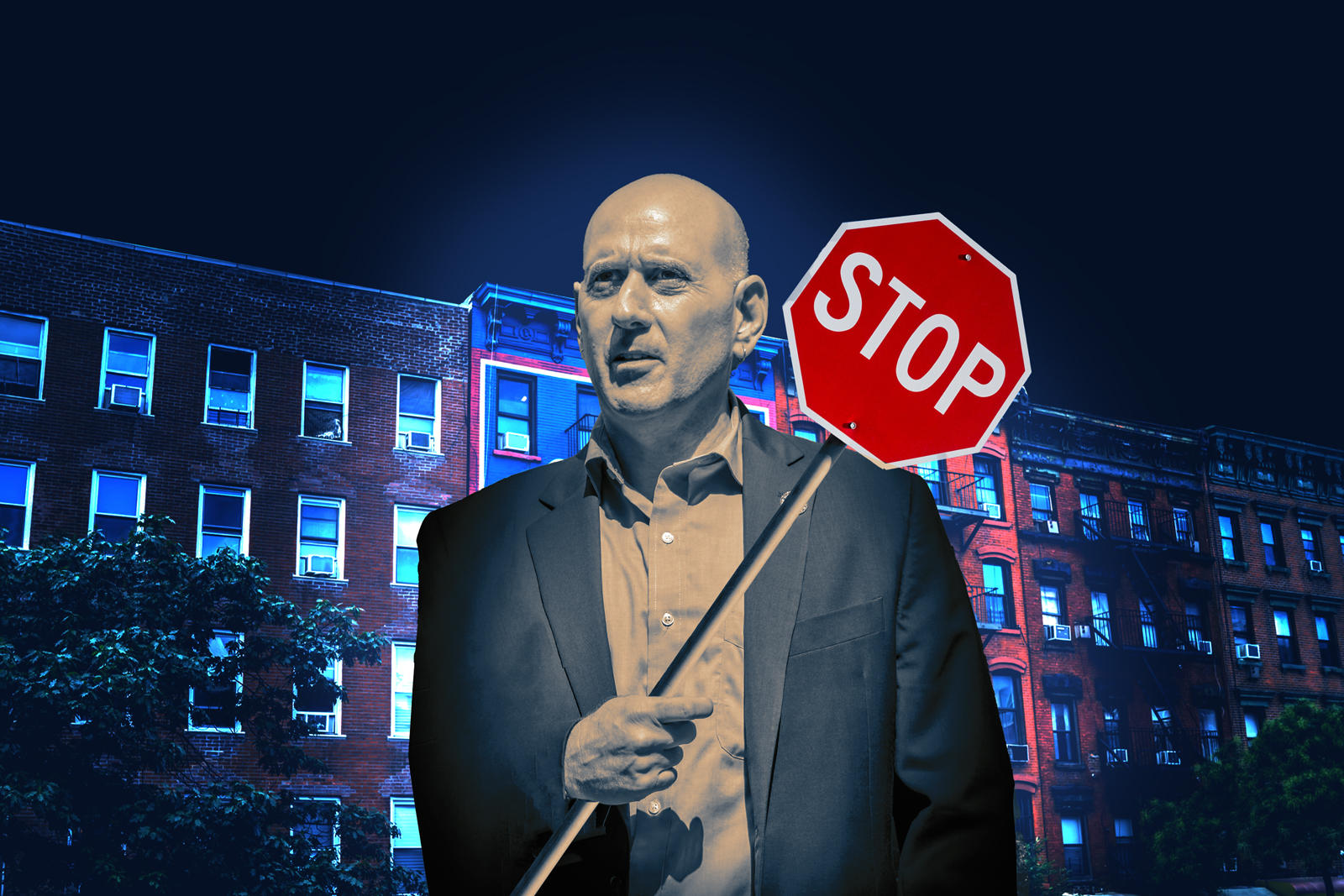
Trending
Why rent stabilization will likely never end in New York
Lawmakers poised to change rules as soaring vacancies threaten system

Evidence is mounting that if the “housing emergency” used to justify rent control should end, politicians would find another rationale.
New York law caps rents to prevent a tight housing market from pushing them up, but provides that the limit would be eliminated if vacancies rise because rents would fall on their own — as is happening now.
But Mayor Bill de Blasio said this week that if the vacancy rate surpasses the 5 percent threshold that has long defined a housing emergency, state lawmakers would move the goalposts.
“I don’t have a doubt in my mind that the Legislature will immediately create continuity with our current approach to rent stabilization and rent control. We absolutely need that in New York City,” the mayor told reporters Tuesday. “If there was any question about that, I and many others would be in Albany fighting for it immediately. But I’m quite confident they will help us continue to protect tenants.”
He has good reason: State Sen. Brad Hoylman and Assembly member Harvey Epstein in late July proposed a bill that would extend the city’s declared housing emergency for two years beyond the pandemic.
The bill’s text is upfront about its purpose: “To ensure that declarations of housing emergency that provide the basis for New York’s system of rent regulations remain in effect, regardless of the local vacancy rate.”
Real estate professionals view the Manhattan lawmakers’ bill as a sign that rent stabilization is not really about a housing emergency.
“It almost feels like Charlie Brown and Lucy, where she pulls the football out before he can get to it,” said Deborah Riegel, an attorney with Rosenberg & Estis.
She added, “If you are being intellectually honest, the premise for rent regulation, in theory, doesn’t exist anymore.”
Available apartments are at a record high in the 10-year history of StreetEasy’s inventory tracker and up 26 percent from a year ago, and the median rent in Manhattan has fallen by 10 percent. Many landlords are offering concessions to attract tenants to market-rate units, which are still generally pricier than rent-stabilized ones.
In a pending lawsuit challenging the state’s rent stabilization law, real estate groups call the 5 percent threshold “arbitrary” and a part of a “scheme” that fails to alleviate the city’s affordable housing shortage.
Jay Martin, president of the Community Housing Improvement Program, one of the landlord groups behind the lawsuit, said most vacancies and rent decreases are occurring in market-rate housing. Still, a survey of the group’s landlord members released Thursday found the vacancy rate in their buildings has soared to 10.8 percent from 3.4 percent in February. It was 7.1 percent for units renting for less than $2,000.
Like de Blasio, Martin thinks state officials will stop rent stabilization from lapsing regardless of the vacancy rate.
“I have no doubt that elected officials would continue to twist themselves in knots to find a legal rationale for a system that does not solve the problem that it claims to fix,” he said.
Economists say the system does provide affordability for tenants lucky enough to snag a stabilized unit, but at the expense of those who don’t.
Cea Weaver, tenant organizer at Housing Justice for All, said the group has discussed whether the vacancy rate is the best metric to determine the need for rent regulation — especially in smaller municipalities where a single landlord could skew that number.
“The rent stabilization laws were always intended to protect renters during times of housing crisis,” she said, adding that renters are “certainly living under extraordinary circumstances right now.” Her group has been pushing lawmakers to cancel rent altogether during the pandemic.
Hoylman said his bill “would assure [tenants] that they won’t be at risk of losing these crucial protections simply because the vacancy survey is set to be conducted during a historic, unprecedented crisis beyond their control.”
Read more



According to the latest rental report released by Douglas Elliman, vacancies rose to 4.33 percent in July, a more than 2-point increase year-over-year. But the rent law does not use the brokerage’s metric. Instead, it relies on a government-conducted housing survey that will not be released until 2022.
The state bill that would preserve rent stabilization even if vacancies soar is, therefore, not addressing an immediate threat to rent caps. Rather, it is part backup plan, part symbolism, to reassure tenants of New York City’s more than 900,000 rent-stabilized apartments that no matter what, the system will continue — as its critics suspected all along.
Write to Kathryn Brenzel at kathryn@therealdeal.com




